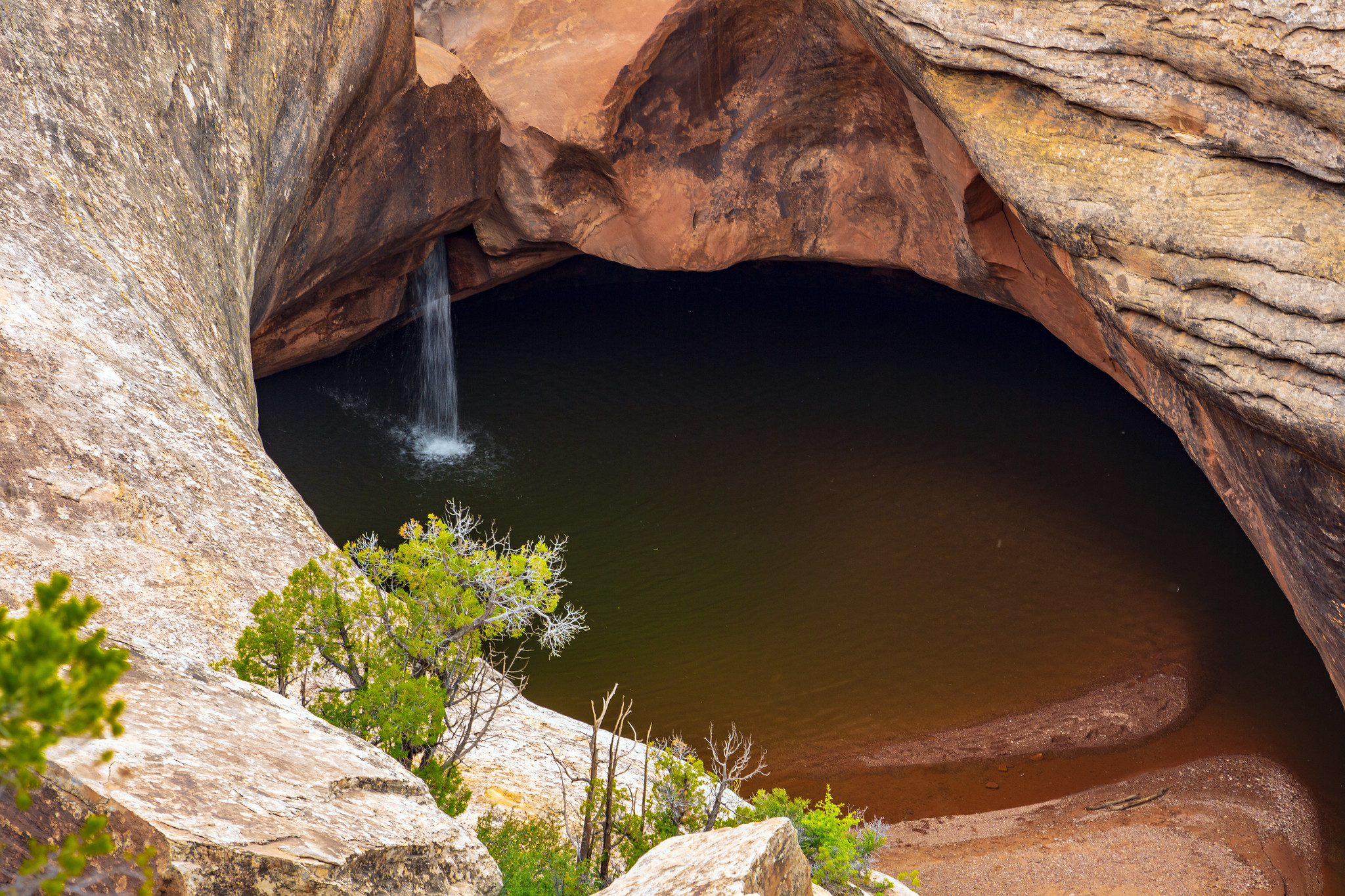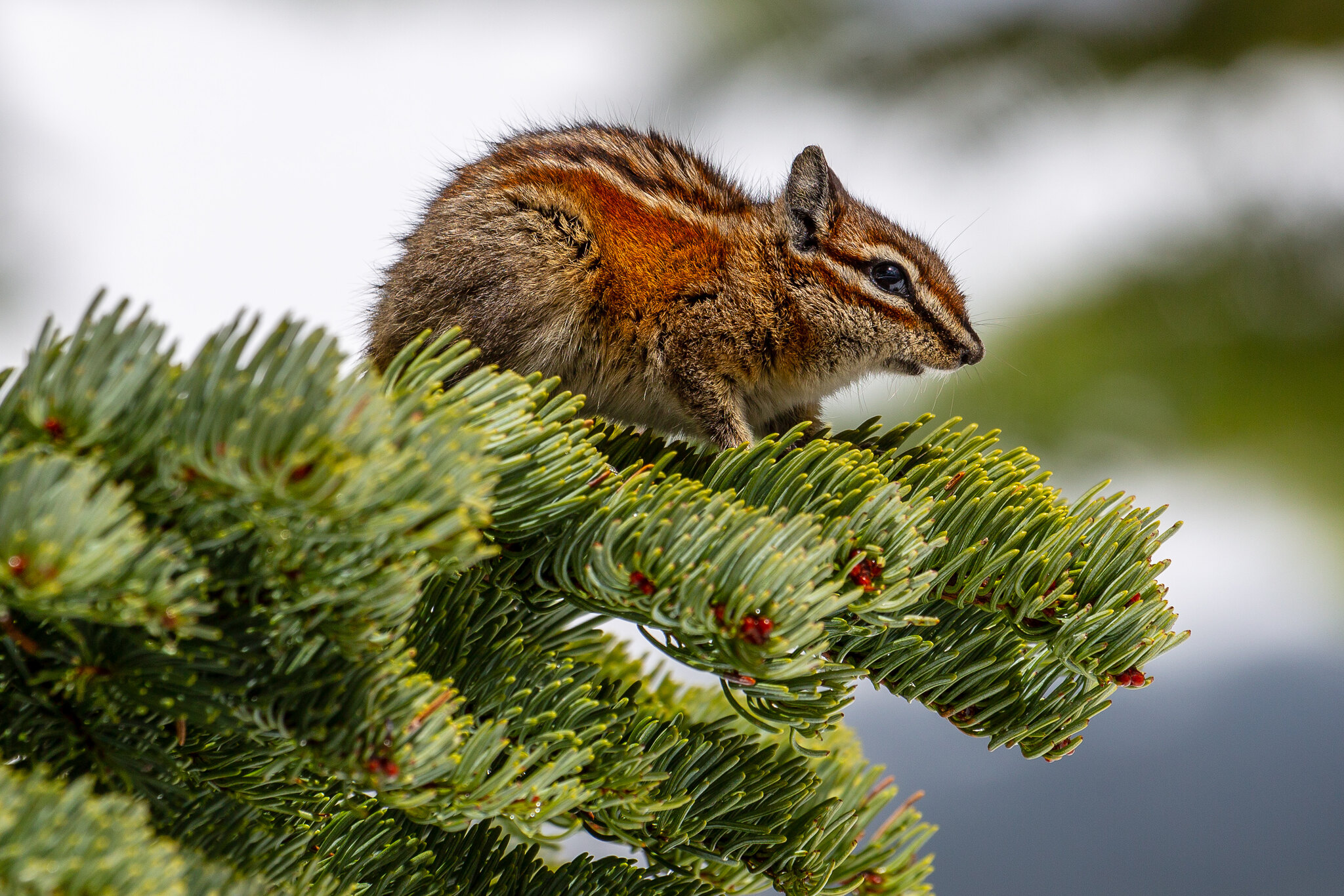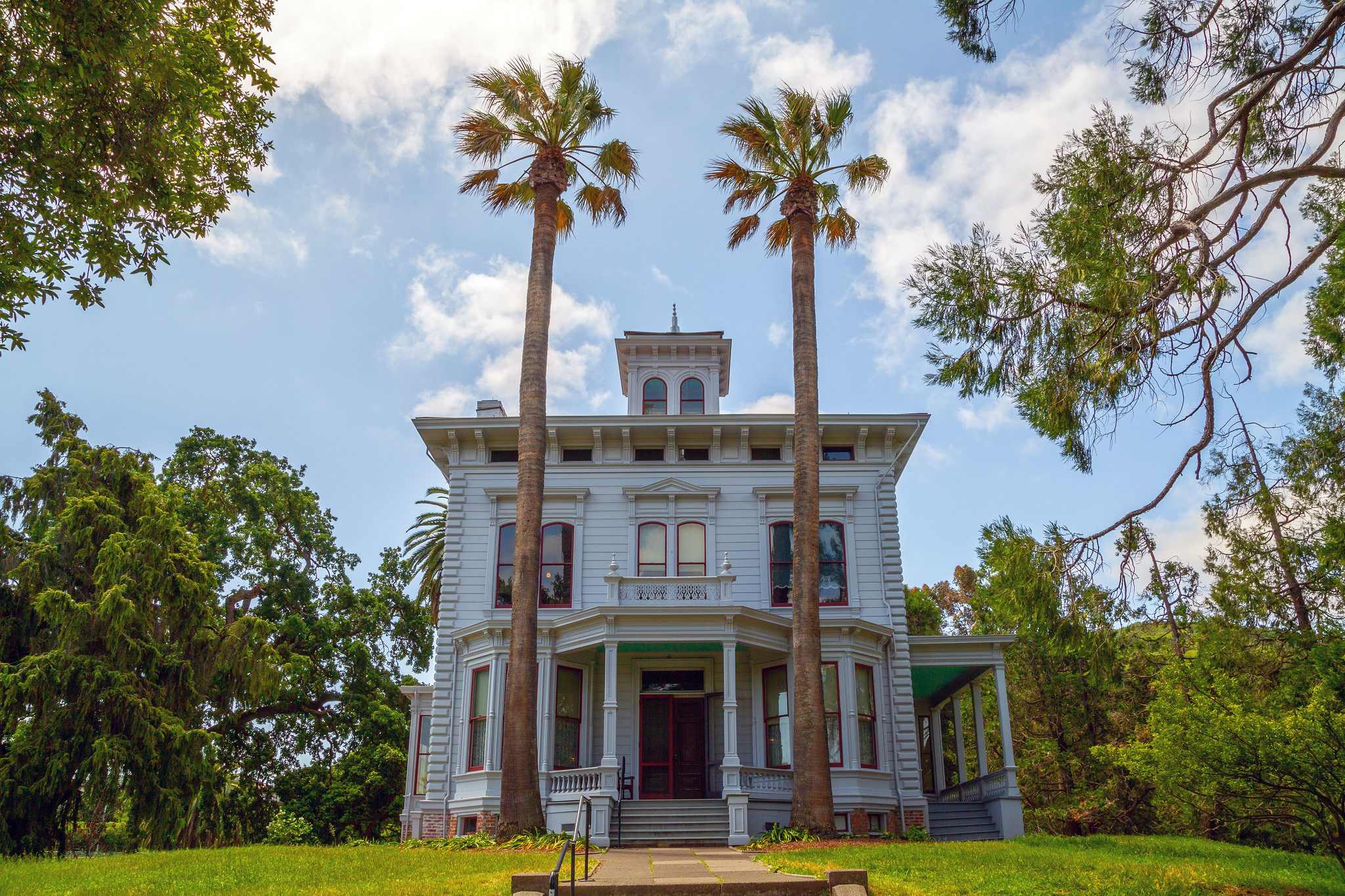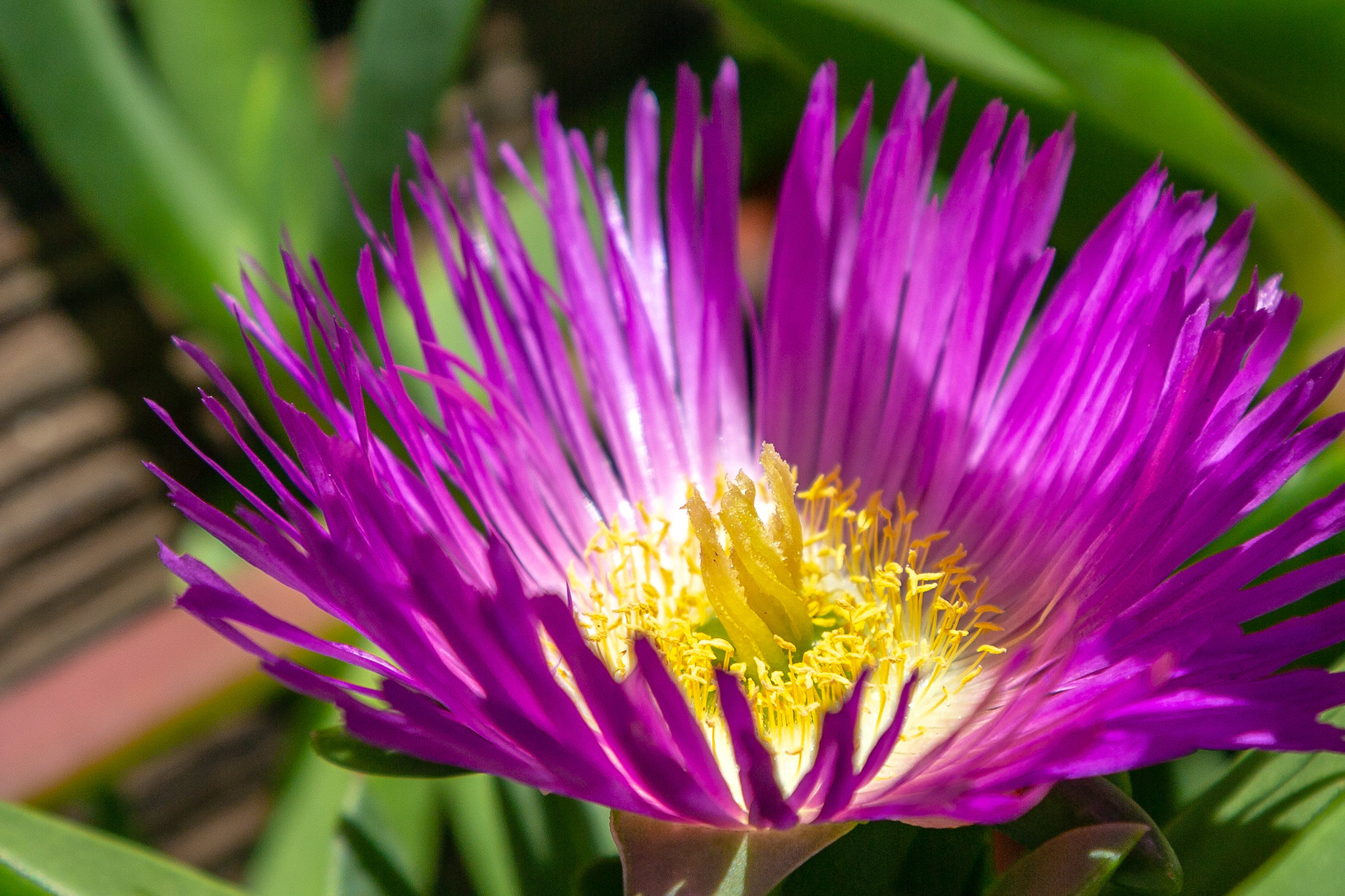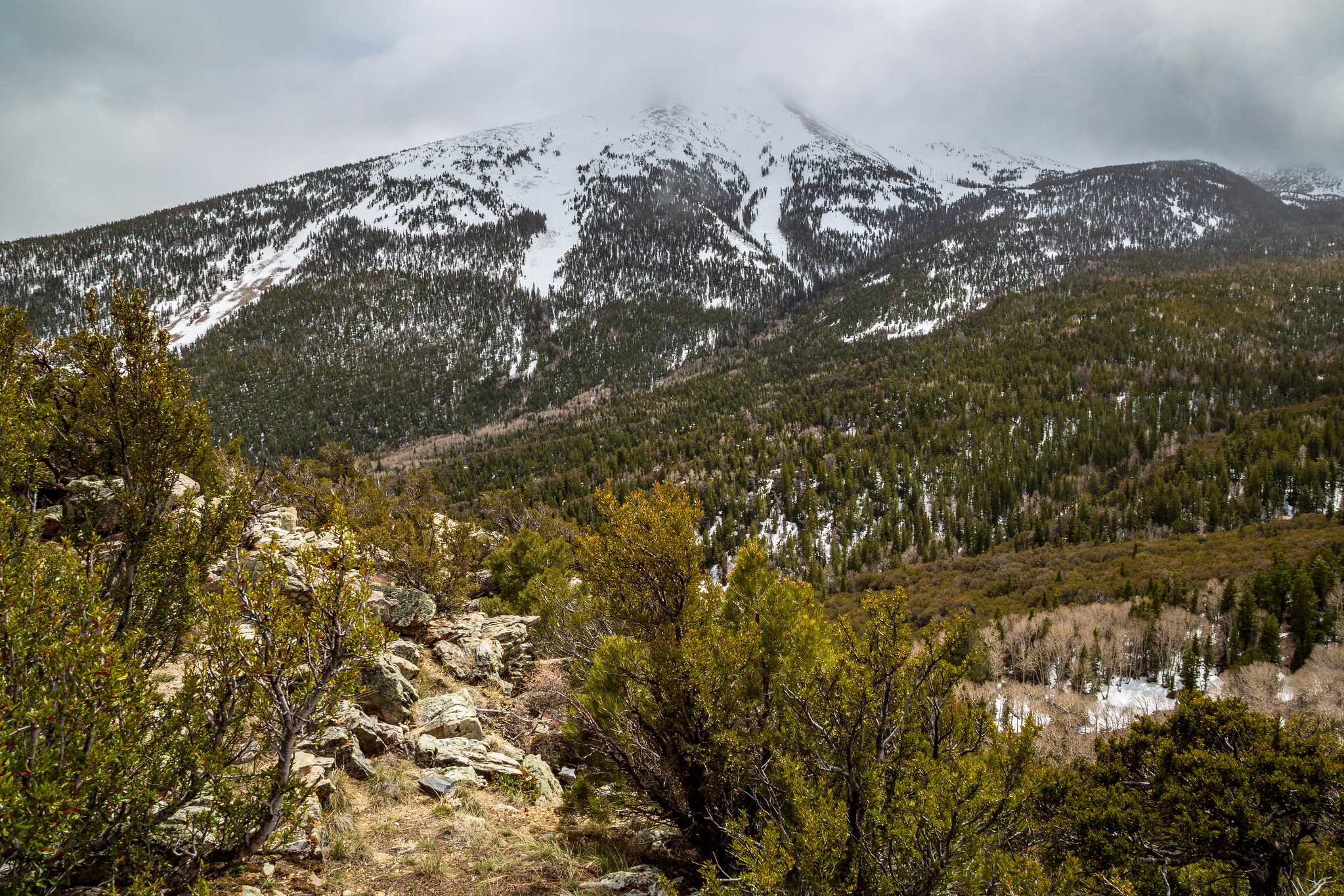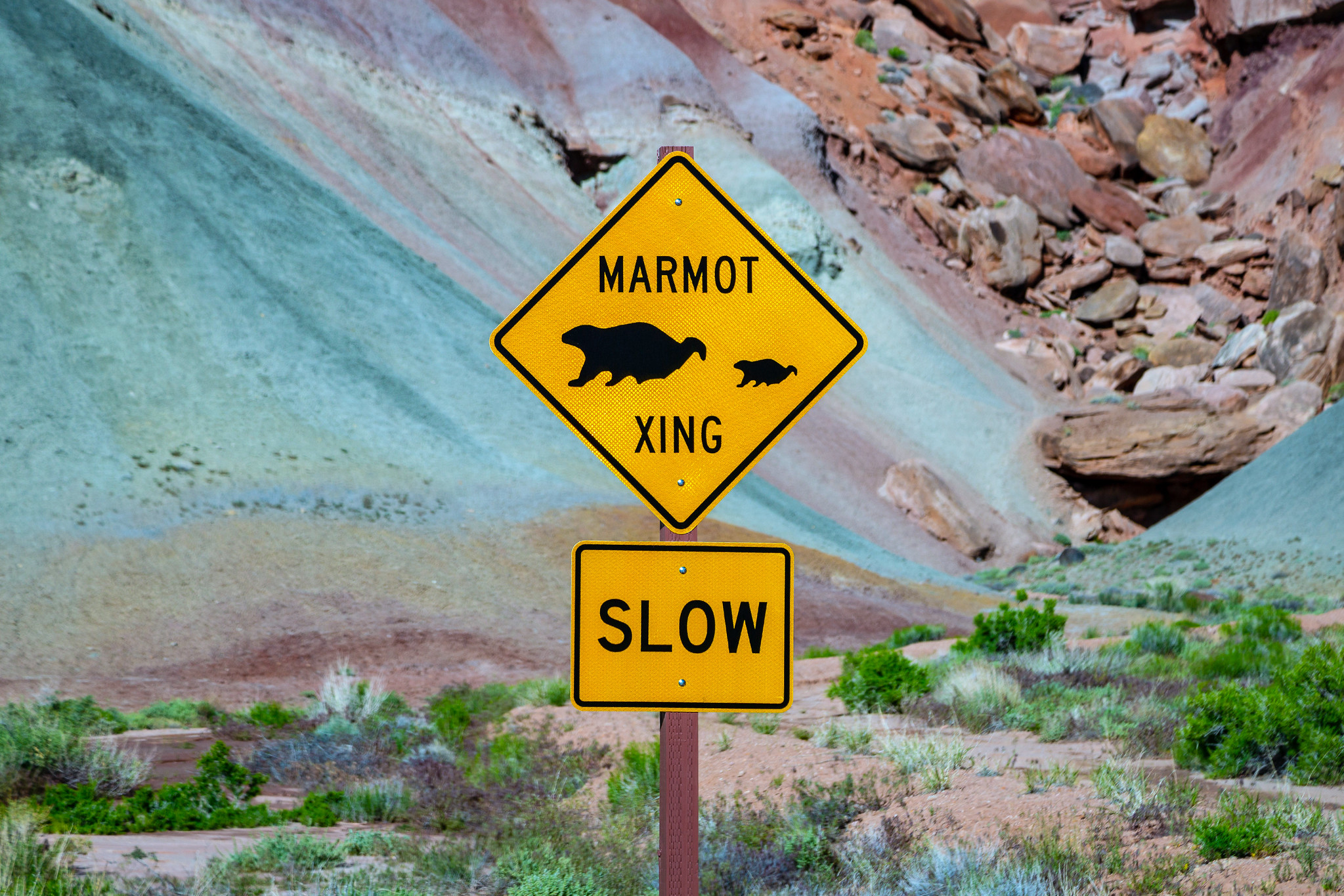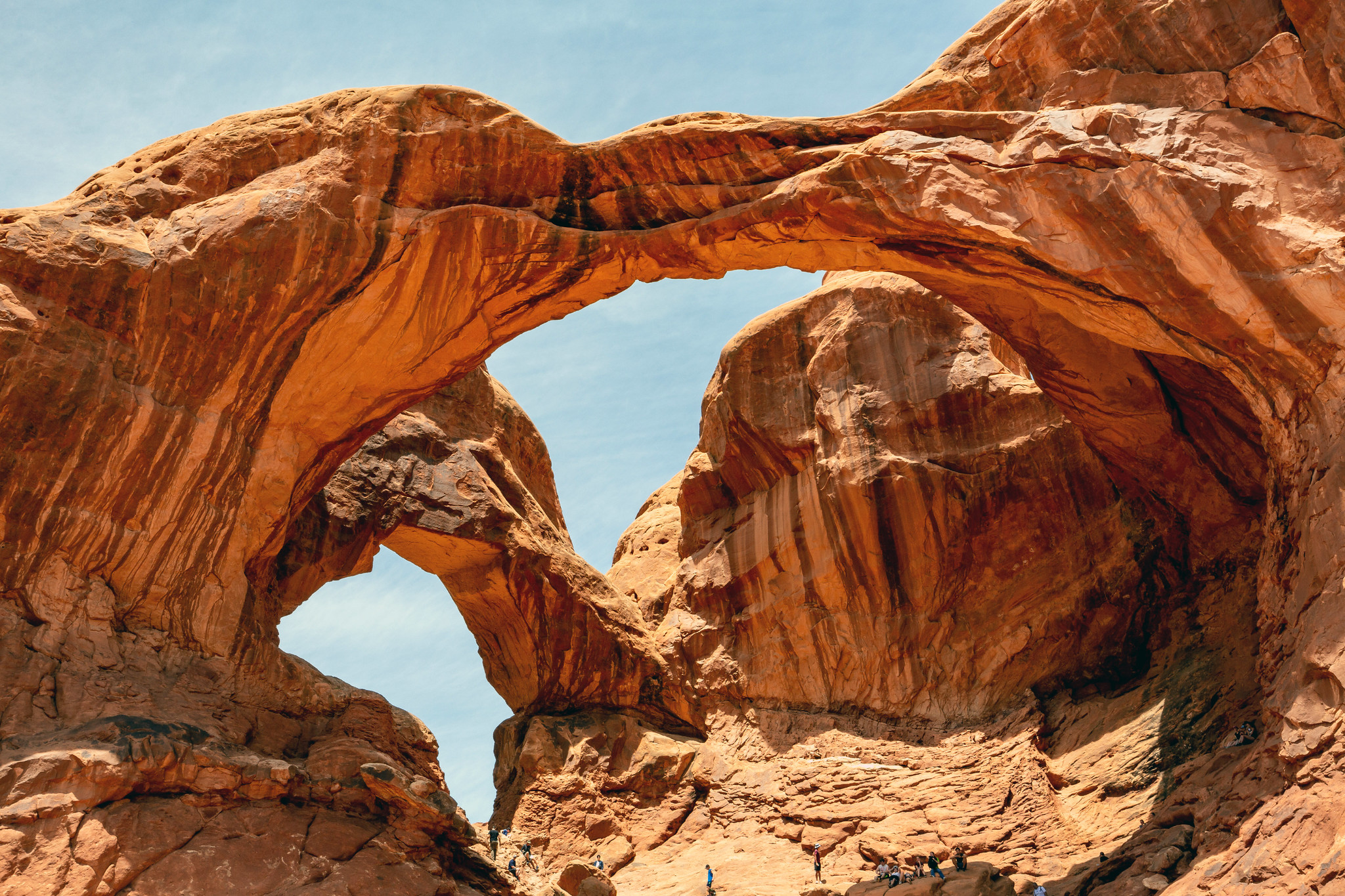June 1, 2019
“A way of certifying experience, taking photographs is also a way of refusing it—by limiting experience to a search for the photogenic, by converting experience into an image, a souvenir. Travel becomes a strategy for accumulating photographs.” -Susan Sontag
Here I am, behind the camera, firing the shutter at every pleasing frame composed within my viewfinder. My engagement with the natural world has always been less experiential, and more visual. For 30 years I have practiced photography, first shooting a roll of film a week, then accelerating my slow learning curve with digital cameras. I was an early adopter of online photo sharing, posting images to Panoramio and Google Earth, then Flickr and Facebook, now Instagram. My online images have been viewed a million times collectively. In that time, I have become an enabler, complicit in a culture that I have come to despise.
In the last week, I have completed visits to the Utah Five – that is the five National Parks in Utah: Zion, Bryce Canyon, Capitol Reef, Canyonlands, and Arches. These are some of the most popular parks in the National Park system, and this is peak season. The parks are crowded. Lines at the entrance stations. Traffic queues at the parking lots. Full campgrounds. Packed trails. And now, the ubiquitous Instagram Tourist – the Insta-tourist. In the last week I have read no less than five articles bemoaning the invasion of Instagram and Selfie photographers flocking to the national parks and public lands to strike yoga poses in front of our scenic landscapes. I have noticed this growing phenomenon in online images. They are easy to spot. Usually, an attractive young woman in yoga pants striking an impractical pose on some precarious rock precipice overlooking a dramatic natural landscape – complete with unrealistic filters and lighting effects. They all look like pages ripped from a Lululemon catalogue. I call it landscape porn. Now, it would seem, half of the visitors in the parks are there to capture images like this, with their smartphones, to post online in hopes of generating enough followers to become an “Instagram Influencer.” This is someone with enough followers that they attempt to travel around the world bargaining for free lodging and travel expenses on the dubious notion that they will be able to “influence” their followers to travel to these places – therefore paying, and making up for the influencer’s free ride. I have also read many recent articles about hotel and restaurant owners, and tour operators complaining about this trend.
In the parks, this trend has swelled attendance in particularly iconic places. National Park visitation is up 37 percent since Instagram was founded. When I first visited Horseshoe Bend in Arizona, there was a small gravel parking turnout just off the main highway where 10 or 12 other people would park and hike down to the dramatic overlook. Now, Horseshoe Bend sees 2,800 visitors per day. The NPS has built a new large parking lot, complete with entrance facility, restrooms, and a visitor center coming soon. Now the overlook at Horseshoe Bend is swarming with people, and dozens of Instagrammers lined up, one after another, striking poses on the cliff edge while their photographer partners ‘direct’ them from a few steps away. In Canyonlands National Park, Mesa Arch has been a popular spot for photographers for years. Now the spot is crowded with smartphone wielding tourists. All are there to capture themselves against the iconic background. None are there to “see” Mesa Arch, or to experience the grand view. Their engagement is through a mediated lens, and validated only by the number of “likes” their image receives. Their engagement with the parks is online – even though they are there, on the trail, in the campground, at the overlook – they are not present.
I feel complicit in creating this culture. I have long venerated these amazing places and parks through images. Images are the way I engage with the parks. There is hope, however. I have also noticed a recent trend among Instagram users to not post the locations of their photos – in an effort to minimize casual travel to these places. That is a good thing. All trends run their course, and this one will too. There is already some pushback from online users – mostly directed at unrealistic, or over photoshopped images. This generation has its own way of engaging with the parks. It’s not entirely a bad thing, but I am too old to understand it.
Parks visited since May 21st:
Lassen Volcanic National Park
Whiskeytown National Recreation Area
John Muir National Historic Site
Port Chicago Naval Magazine National Memorial
Eugene O’Neill National Historic Site
Great Basin National Park
Bryce Canyon National Park
Capitol Reef National Park
Natural Bridges National Monument
Canyonlands National Park
Arches National Park

